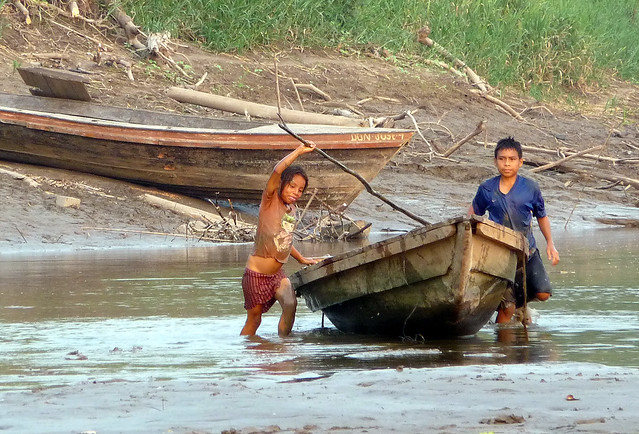#globalwarming
Global warming is the increase in the average temperature of the Earth. Many people believe that this is only a myth and that it isn’t really happening. However, we can barely see or feel any change such as in the temperature because there is only a very minor difference. An increase in average temperature of around 1.5 degrees Celsius is all it takes for global warming to occur. By analysing glacier sizes over time, amount of carbon dioxide in ice sheets, coral reefs and tree rings, scientists can find out a lot about the history of Earth’s climate and what it was like compared to today to get an idea of where Earth is heading towards in the future.
Global warming is a process that if not stopped, may eventually lead to rising seas (due to melting ice) which will mean that the low lying countries such as the Netherlands will be covered in water. The world may also experience more floods in many areas, droughts (arid zones), fire and, with higher sea temperatures, stronger hurricanes. Insect-borne diseases may breakout due to higher temperatures leading to more rainfall.
People often refer global warming to the “Greenhouse effect” as this process involves solar radiation being trapped in the earth’s atmosphere when trying to escape. This effect is caused by “greenhouse gases”. These gases allow the penetrating sunlight (short-wave energy) to pass through them unaffected for they are poor absorbers of them. When the short wave energy heats up the Earth’s surfaces, it radiates back in the form of long-wave energy only to be trapped by the greenhouse gases (they are good absorbers of long wave energy). Some of these energy is reflected back down onto the surface of Earth.
Greenhouse gases involve naturally occurring gases found in the atmosphere and manmade ones. Carbon dioxide (CO2), methane (CH4), water vapour (H2O) and nitrous oxide (NO2) are the natural occurring gases and they are generated through different processes inside living organisms. Volcanoes give off large amounts of carbon dioxide when they erupt and so do dead leaves when they disintegrate on the ground. Methane is given off during decompositions inside swamps and bogs and also inside a cow’s stomach when cellulose in their food is broken down. Due to the large amounts of nitrogen and oxygen in our atmosphere, the two elements can easily combine when fuel is burnt to create nitrous oxide.
Living organisms like us humans, need the greenhouse effect in order to survive. The greenhouse gases traps heat in the Earth’s atmosphere and help regulate the temperature of our planet. Without the greenhouse effect, heat will escape back into space leaving the world as cold as minus 18 degrees Celsius instead of our average 15 degrees Celsius.
The greenhouse effects have other benefits too such as warmer winters in the northern hemisphere of the world which would result in less energy use and less energy bills. Agriculture could benefit due to the increased heat and carbon dioxide levels. Carbon dioxide stimulates plat growth and with moderate heat, crops may thrive in the northern parts of the world.
However, global warming could bring along many disasters and could turn the natural world upside down. It is a process that if not stopped, may eventually lead to rising seas (due to melting ice) which will mean that the low-lying countries such as the Netherlands will be covered in water. The world may also experience more floods in many areas, droughts (arid zones), bushfires and, with higher water surface temperatures, stronger hurricanes. Insect-borne diseases may break out due to higher temperatures leading to more rainfall. Global warming will also increase the speed of coastal erosion and the salinity level of coastal water sources which in turn would make many areas of habitat unsuitable for certain species of life. Many plants and animals will have to adapt to the changing climate(moisture and temperature) and find a place that is ideal for their survival. This could potentially create an imbalance in our ecosystem. Because plants cannot physically relocate themselves, many species will become extinct and this could affect insects and herbivorous animals.
 |
| Where it was cooler or warmer in 2020 compared with the middle of the 20th century Source: NASA Goddard Institute for Space Studies |
Today, we are seeing the world try to solve the problem of global warming. People are now starting to stay away from the use of fossil fuels (oil, coal, natural gas) and looking towards using renewable energy sources such as solar energy to keep the carbon dioxide levels down (main cause of the greenhouse effect). The Kyoto Protocol set up in 1997 shows that countries around the world have the commitment to work towards a goal, to save our planet.
I believe that people can still do a lot more to reduce their carbon footprint. People can use fluorescent lighting instead of using light globes. They not only save you money, they provide three times as much light for the same energy. Open windows instead of using the air-conditioning. Wear extra clothes inside the house instead of turning the heater on. As newer technologies develop through time, humans ought to pursue better products that contribute less pollution to the environment and slow the greenhouse effect down. That, I think, is one major step that we must add to the solution.
by Alex Eime



No comments:
Post a Comment